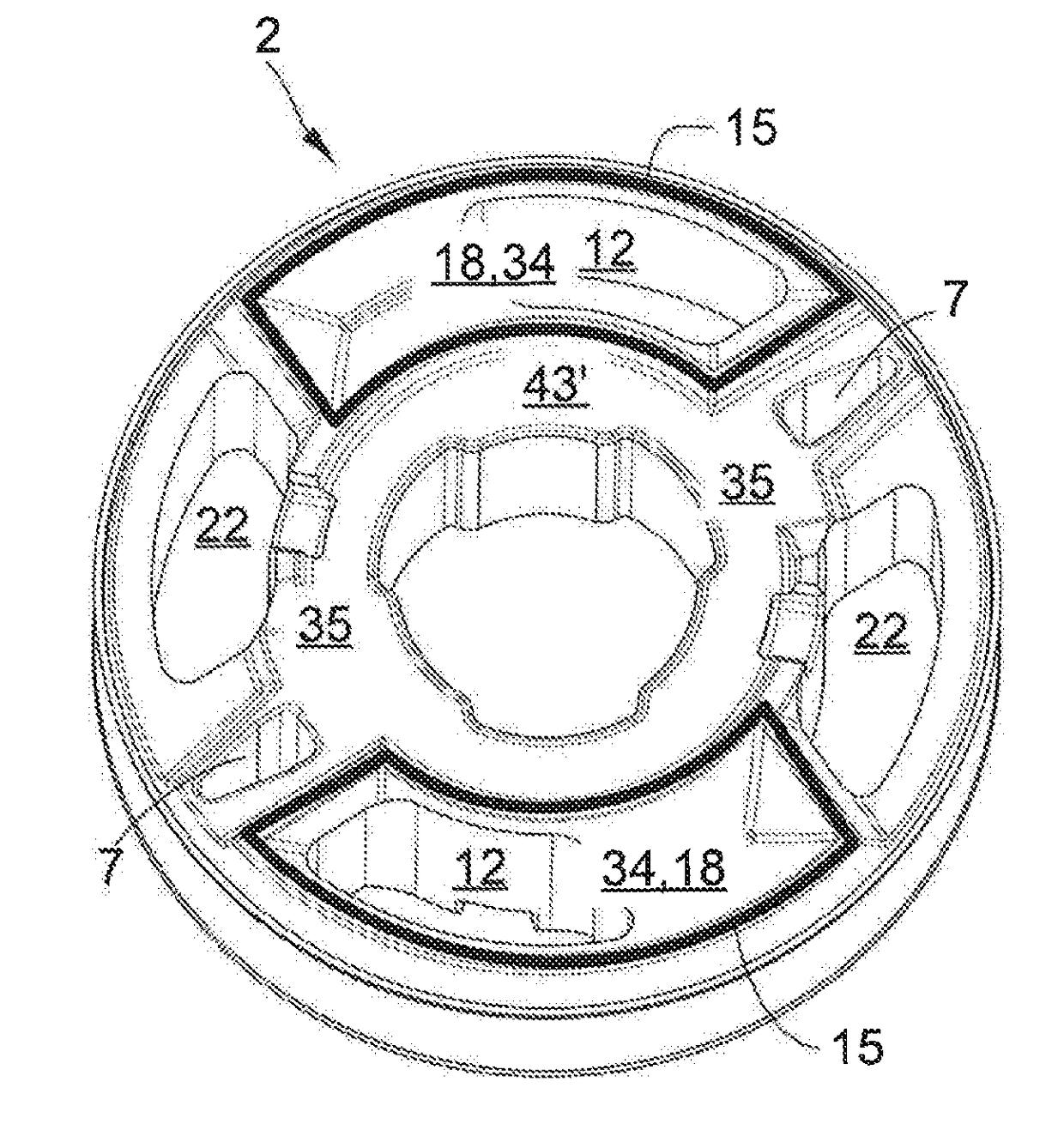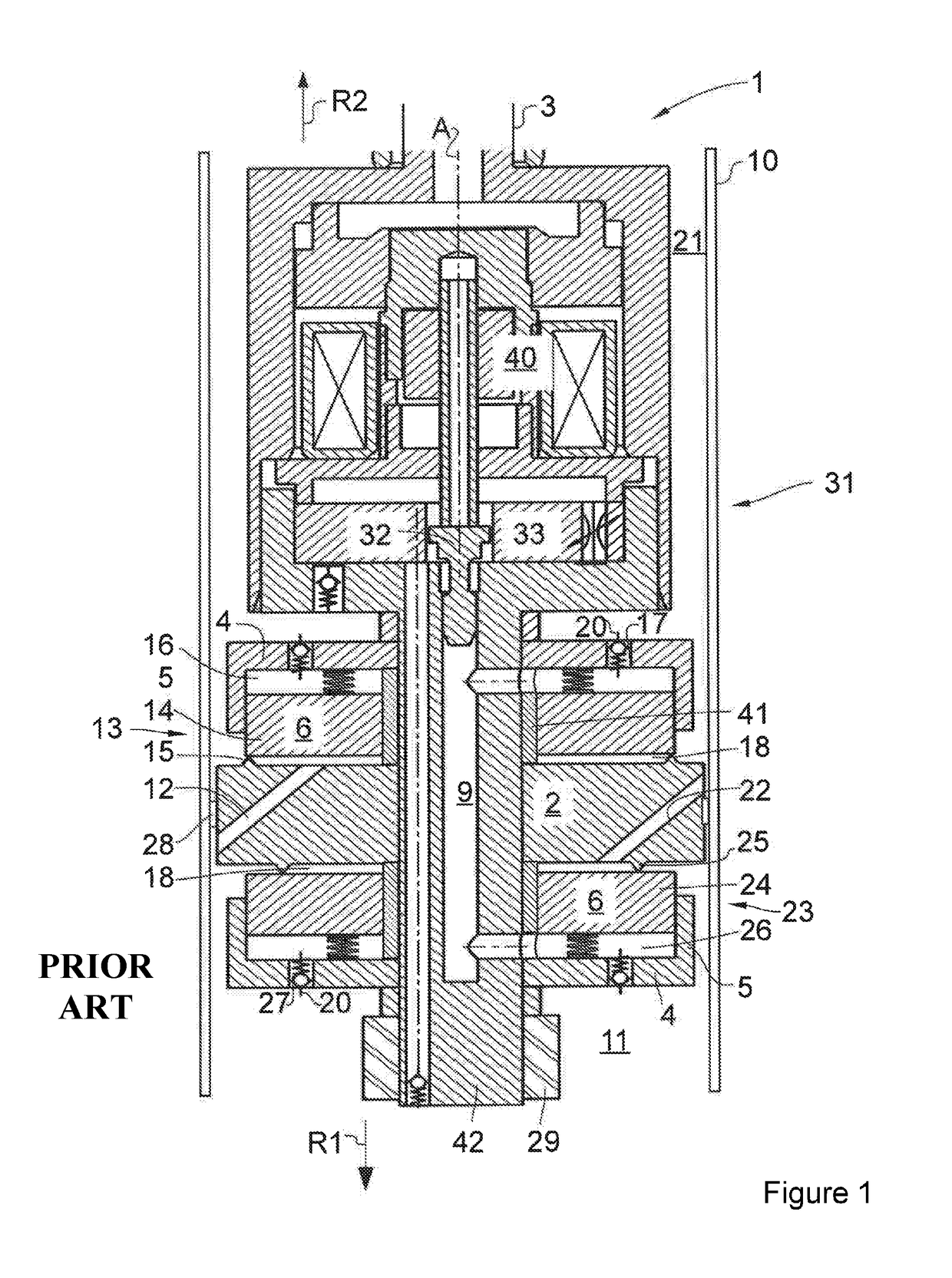Controllable shock absorber for motor vehicles
a technology for shock absorbers and motor vehicles, which is applied to shock absorbers, vehicle components, springs/dampers, etc., can solve the problems of vibration dampers not providing bypass ducts in pistons, and the pressure cannot be maintained in some valve seat regions, so as to reduce the cross section, and simplify the installation process
- Summary
- Abstract
- Description
- Claims
- Application Information
AI Technical Summary
Benefits of technology
Problems solved by technology
Method used
Image
Examples
Embodiment Construction
[0020]Further measures which refine the invention will be presented in more detail below together with the description of preferred exemplary embodiments of the invention on the basis of the figures, in which:
[0021]FIG. 1 shows a part of a conventional vibration damper with a valve assembly in cross section;
[0022]FIG. 2 shows the piston of a vibration damper according to the invention as a detail in a perspective illustration;
[0023]FIG. 3 shows the non-return disk of a vibration damper according to the invention as a detail in plan view;
[0024]FIG. 4 shows the piston as per FIG. 2 with two non-return disks as per FIG. 4 mounted thereon, in a perspective illustration;
[0025]FIG. 5 shows the arrangement as per FIG. 4 in a cross section;
[0026]FIG. 6 shows the arrangement as per FIG. 4 in a plan view;
[0027]FIG. 7 shows the piston of an alternative embodiment of the invention in cross section, with bypass flaps arranged in the bypass duct.
[0028]FIG. 1 shows the detail of a conventional vib...
PUM
 Login to View More
Login to View More Abstract
Description
Claims
Application Information
 Login to View More
Login to View More - R&D
- Intellectual Property
- Life Sciences
- Materials
- Tech Scout
- Unparalleled Data Quality
- Higher Quality Content
- 60% Fewer Hallucinations
Browse by: Latest US Patents, China's latest patents, Technical Efficacy Thesaurus, Application Domain, Technology Topic, Popular Technical Reports.
© 2025 PatSnap. All rights reserved.Legal|Privacy policy|Modern Slavery Act Transparency Statement|Sitemap|About US| Contact US: help@patsnap.com



